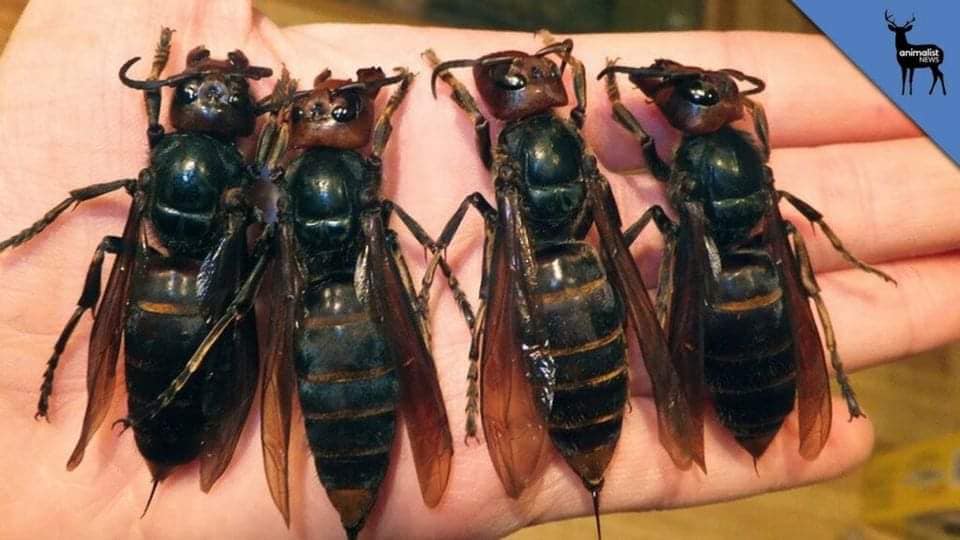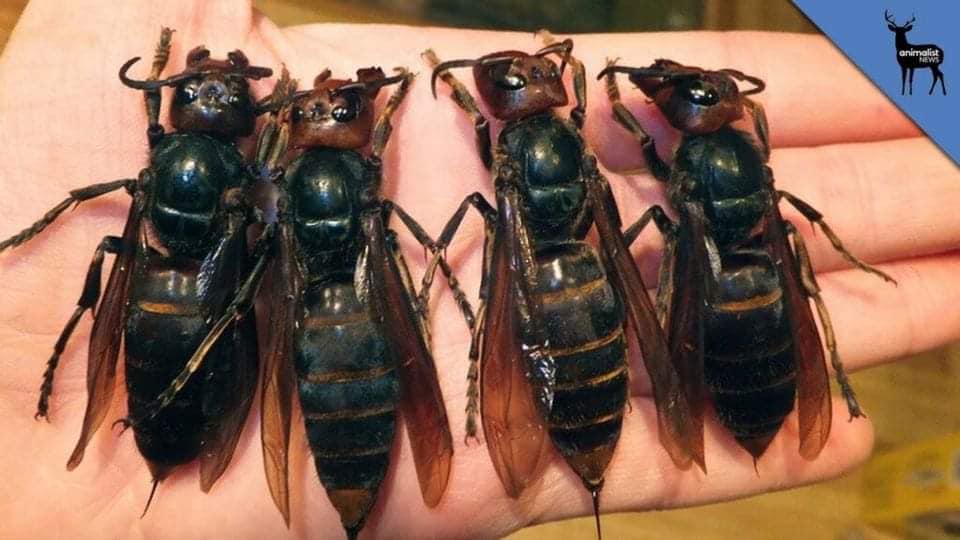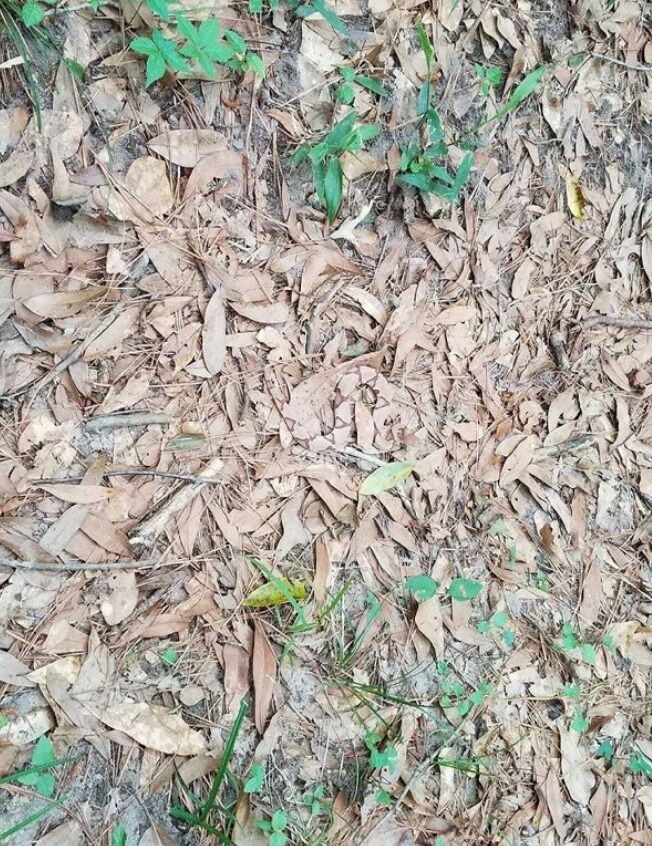Experts have identified a new threat in the United States: the giant killer wasp. This massive and dangerous insect, known as the “murder hornet,” made its first appearance in the country in 2019. Now, in 2021, it has been sighted again in the state of Washington, causing concern among residents and officials alike.
The murder hornet, measuring up to a whopping 4.4 centimeters in length, was recently detected near Blaine, Washington, just a short distance from its initial discovery back in December 2019. According to the Washington State Department of Agriculture (WSDA), this invasive species poses a serious threat to local bee populations.

These aggressive wasps have earned their nickname for a reason – they are incredibly skilled at wiping out entire beehives. With their powerful mandibles, they mercilessly decapitate thousands of bees. Once they seize control of a hive, they defend it as their own, tearing apart the brood to feed their own offspring.
Not only are these murder hornets destructive to bee colonies, but they also pose a significant danger to humans. A single sting packs enough venom to potentially kill a person. Thankfully, deaths from these stings are rare, but the risk is still a cause for concern.
In response to this alarming sighting, the WSDA is taking action. Live traps will be set up in the surrounding area to catch the wasps, where entomologists will tag them to track them back to their nests. This information will help authorities better understand and combat the spread of these dangerous insects.
Given the proximity of this recent sighting to the US-Canada border, officials on both sides have also increased their efforts by installing additional traps. Cooperation between neighboring countries is crucial to prevent the further spread of these killer wasps.
Stay vigilant and be on the lookout for these giant killer wasps. Report any sightings to the local authorities, as it is essential to act swiftly and prevent the murder hornets from decimating our precious bee populations. Together, we can protect our communities and biodiversity from this menacing threat.





